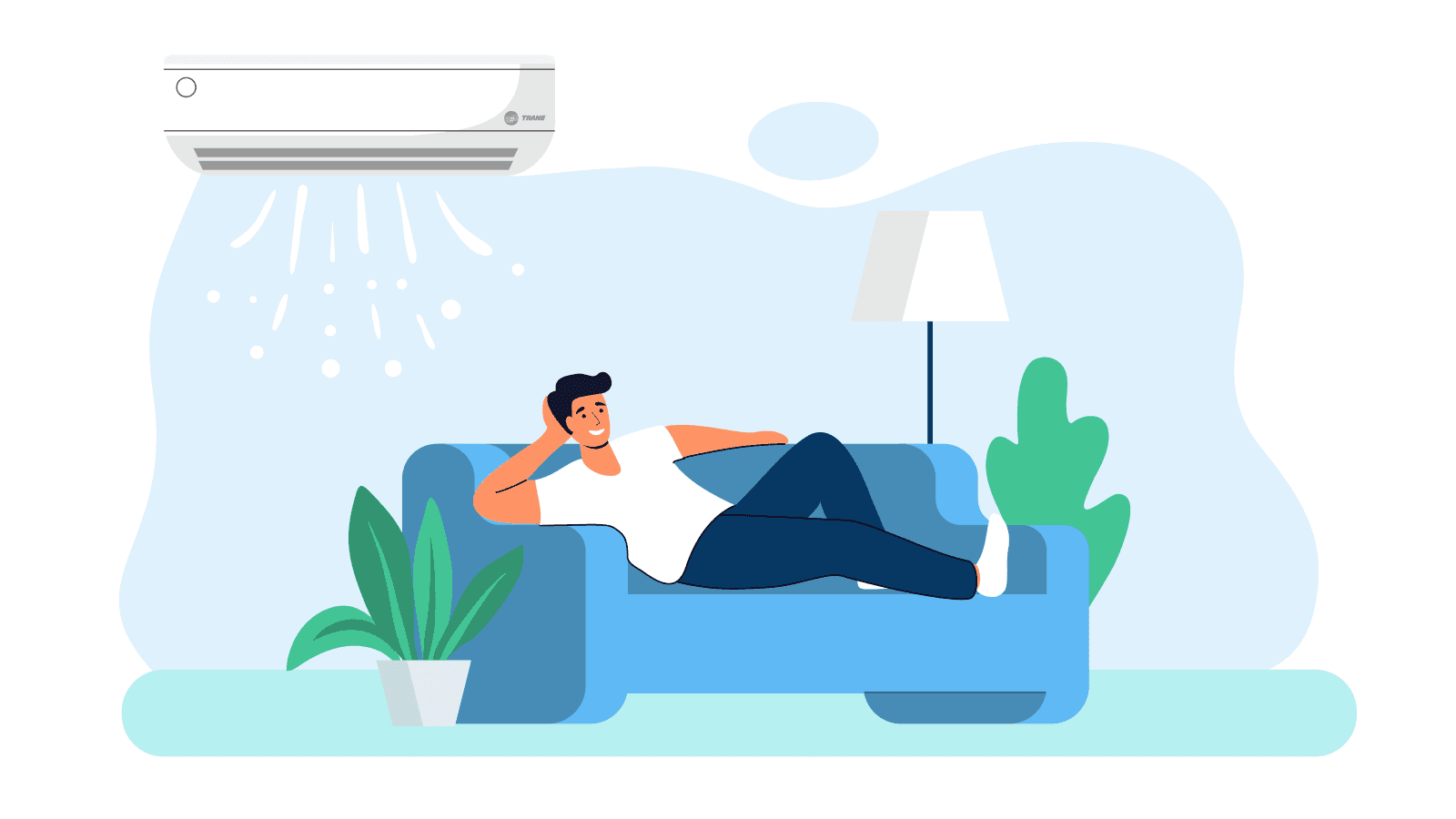Home Improvement3min read
Heating and Cooling an Addition to Your Home with Ductless Systems
Find the best way to heat and cool your new space.

Find the best way to heat and cool your new space.

Getting Started Guide
Learn helpful HVAC tips and tricks before you purchase your system.
Warranty & Registration
A healthy HVAC system can last longer and save money. Maintain your system with these tips.
Dealers can answer questions, help you find the right products for your home, and repair your system.
Connect with our Customer Care team about your products, warranties, and dealer concerns.
Available Monday – Friday from 7am to 5pm CST
A phone